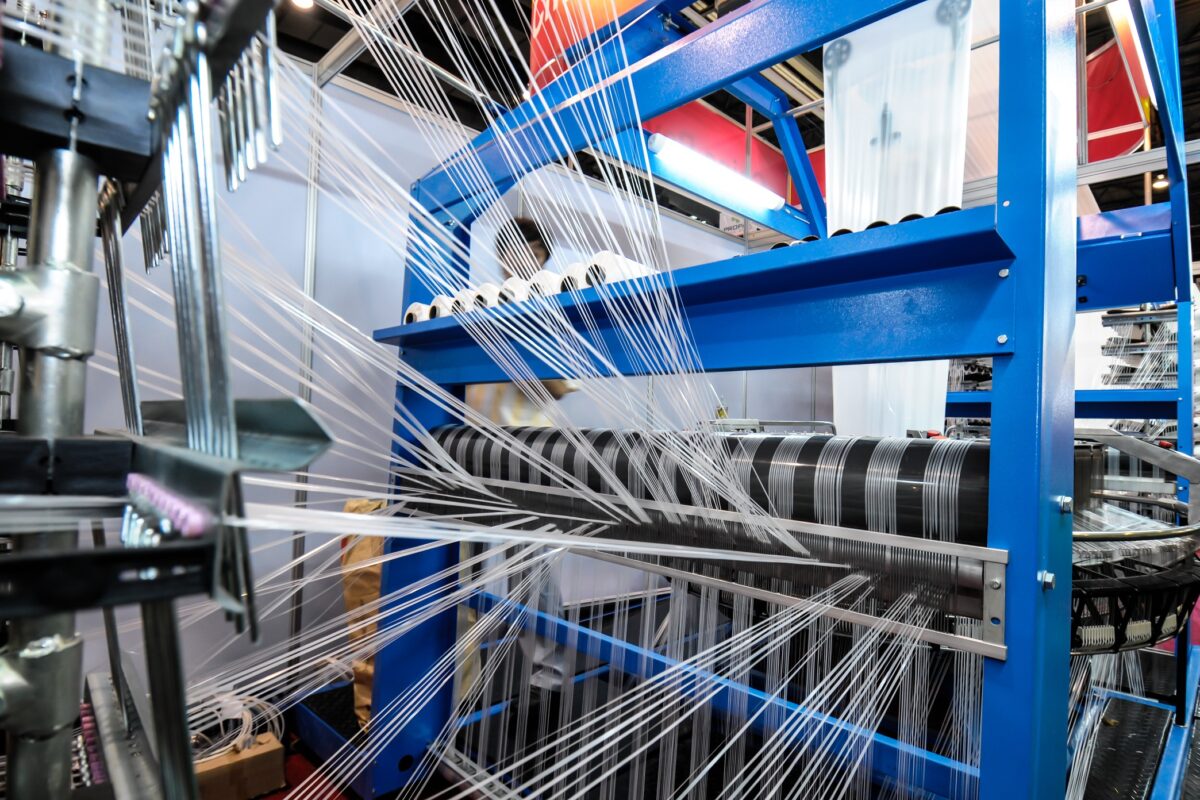
Year 2024 was a dynamic one for the global textiles sector, marked by shifting geopolitical sands, evolving consumer preferences, and technological advancements. Here is a look at the winner and loser countries in global textiles trade (fibers, yarns, and fabrics).
Key events, factors and their impact
Russia-Ukraine war: The ongoing conflict continued to disrupt supply chains, particularly for cotton and synthetic fibers originating from the region. This led to price volatility and sourcing diversification, benefiting countries like Brazil and India, who increased cotton exports.
US-China trade tensions: While tensions persisted, their impact on the textile sector was less pronounced than in previous years. However, some manufacturers continued to diversify sourcing away from China, benefiting Southeast Asian nations like Vietnam and Bangladesh.
Sustainability concerns: Growing consumer awareness of environmental and social issues pushed sustainability to the forefront. Brands increasingly sought eco-friendly materials and ethical sourcing, benefiting countries with robust sustainable textile production practices.
Technological advancements: Automation, AI, and 3D printing continued to transform textile manufacturing. Countries that invested in these technologies gained a competitive edge in terms of efficiency and cost-effectiveness.
Shifting consumer preferences: Demand for personalized and functional textiles, including athleisure and performance wear, grew significantly. Countries with agile and responsive manufacturing capabilities were better positioned to cater to these evolving demands.
Performance vs. reality
While the global textile market faced headwinds, overall growth exceeded projections. The World Trade Organization (WTO) predicted a 3 per cent growth in textile trade volume for 2024. However, preliminary data suggests a growth rate closer to 4.5 per cent, which was largely due to strong demand in emerging markets and a rebound in developed economies.
Table: Projected and actual growth
|
Region |
Projected Growth (%) |
Actual Growth (%) |
|
Asia |
4 |
5.5 |
|
North America |
2.5 |
3 |
|
Europe |
2 |
2.8 |
Emerging trends
Certain trends evolved and clearly emerged this year.
Nearshoring and reshoring: Rising transportation costs and geopolitical uncertainties encouraged brands to relocate production closer to consumer markets. This trend benefited countries in close proximity to major consumption hubs.
Circular economy initiatives: The push for circularity in the textile industry gained momentum. Countries with strong recycling infrastructure and initiatives supporting closed-loop systems attracted investment and market share.
E-commerce growth: The continued rise of e-commerce resulted in demand for textile products, particularly in emerging markets. Countries with robust digital infrastructure and logistics networks were well-positioned to capitalize on this trend.
Winners of 2024
Bangladesh: Continued its strong performance in apparel exports, benefiting from competitive labor costs and preferential trade agreements.
Vietnam: Further solidified its position as a key textile and apparel manufacturing hub, attracting investment and diversifying its product portfolio. In fact, Vietnam's rise in the global textile industry exemplifies the impact of strategic policymaking and investment. The country has actively pursued free trade agreements, invested in infrastructure, and fostered a skilled workforce. This has attracted significant foreign direct investment, leading to the development of a robust and diversified textile sector. As Sheng Lu, Associate Professor, Department of Fashion and Apparel Studies, University of Delaware opines, “Vietnam has become a shining example of how a developing country can successfully integrate into the global textile value chain. Their focus on quality, sustainability, and trade liberalization has been instrumental in their success."
India: Witnessed strong growth in textile exports, driven by government initiatives, a focus on sustainability, and the success of events like Bharat Tex 2024.
And the losers are…
China: Faced challenges due to rising labor costs, trade tensions, and increasing competition from Southeast Asia. However, it retained its dominance in specific segments like synthetic fibers.
Pakistan: Struggled with political instability and economic challenges, impacting its textile exports.
Some African Nations: Despite potential, many African countries faced infrastructure constraints and limited access to technology, hindering their growth in the textile sector.
Opportunities for 2025
Year 2025 has started with its own set of promises and opportunities. The textile sector can expect the technical textiles market to witness significant growth, driven by increasing demand from healthcare, construction, and automotive sectors. Countries with strong R&D capabilities and a focus on innovation are poised to benefit.
There will be more focus on regional trade agreements. Bilateral and regional trade agreements will play a crucial role in shaping the textile trade landscape. Countries actively participating in such agreements will gain preferential access to key markets.
On the other hand, personalization and customization will see a boost. Demand for personalized textile products will continue to rise. Companies leveraging technology to offer customized solutions will gain a competitive advantage.












